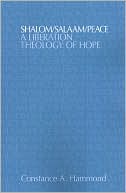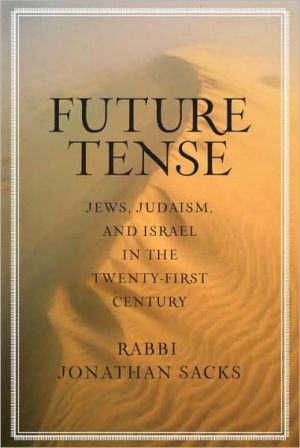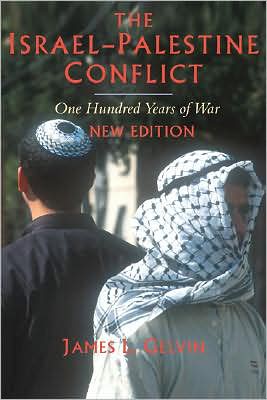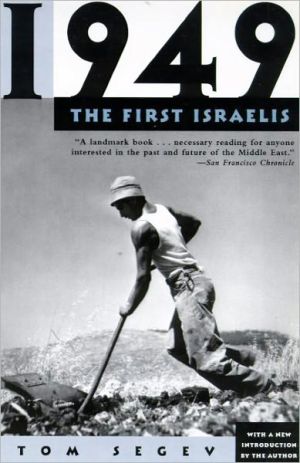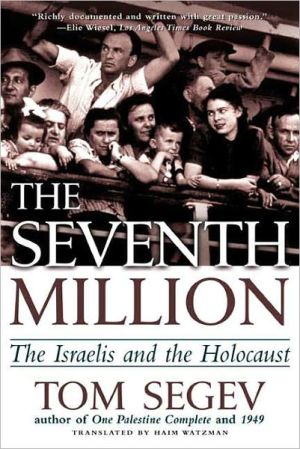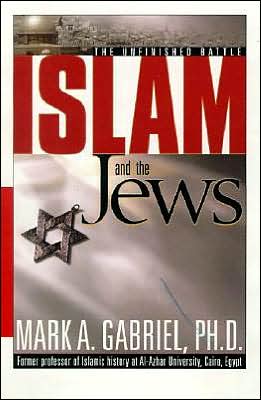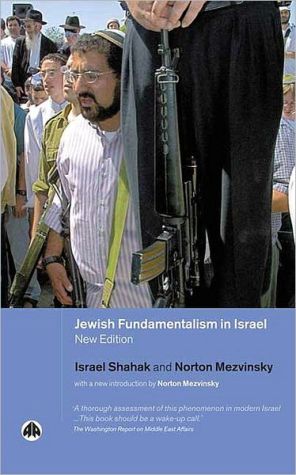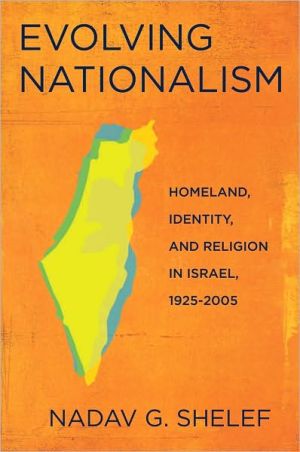Shalom/Salaam/Peace: A Liberation Theology of Hope
Search in google:
From the first chapters overview of the historical, scriptural and theological rationale for the present situation in Israel/Palestine, the author leads us through the realities of life in Israel/Palestine with its politics, wars, security wall, settlements and ongoing struggles between the Palestinians and the Israelis. The ownership of land, water rights, human rights and religious rights are among the main issues that weave through this book---a book which is about two peoples and three religions struggling for their very survival. Lifted up for us are examples of key figures who are promoting peace and justice---some at the cost of their lives. The second chapter offers Liberation Theology as a viable way to bring peace in Israeli/Palestinian. From the Exodus, the author leads the reader through the history of Liberation Theology---its establishment within the Roman Catholic Church at Vatican Two in Rome in 1962-1965 and the reality of Base Christian Communities (Communidades de Base) as seen, particularly, in El Salvador and Salvadoran refugee camps in Honduras in the 1980s. Liberation Theology as it has developed and been lived in Israel/Palestine is then examined. As with Israel/Palestine the book looks at examples of key figures who are presently promoting peace and justice, again, some at the cost of their lives. The indigenous Christian community in Israel/Palestine (which has been reduced to a minority of between one to two percent) is lifted up as a people of hope for the area. With the ongoing violence from the Israeli Defense Force (IDF), who routinely bulldoze homes and make air attacks upon civilians while searching for terrorists, and the extremist Palestinian Muslims who have bombed buses, cafes and markets in their suicide bombings, the Palestinian Christians are the only ones who have not yet resorted to violence. They have managed to maintain a non-violent stance, out of their faith base, as they have been forced out of their homes and villages and towns and cities and had restrictions imposed upon them by the Israeli government. Those who are leading the Christian community in this non-violent stance and those who are living out this way of life are seen as the Davids of this time, in this place. Be they indigenous Palestinian Christians or International witnesses and supporters of peace, or Jewish or Muslim peace seekers---all are given as examples of what is possible in an impossible situation.
List of Maps and PhotographsIntroduction From the Particular to the Global and Back to the Project 1Pt. 1 The Land as PlaceThe Land of Israel/Palestine 13Jerusalem 17The Ownership of Land 25The Theology of the Land 30Generations of God Gifting the Land 31Conquering in the Name of God 41One God: Three Faiths 44The Word of God 48Scripture from a Palestinian Christian Perspective 52Scripture from a Muslim Perspective 54Scripture from a Jewish Perspective 54A Timeline from 1840-1967 57The Land and Population in Modern Day Israel/Palestine 65Settlers and Settlements 67Zionism: Secular and Religious 74Politics, Wars and New Beginnings 81Peacemakers: Jewish, Christian and Muslim 85The Wall, the Fence, the Barrier 98The Law Ancient, the Reality Today 103Pt. 2 Liberation TheologyExodus 107Peacemakers Versus Disturbers of the Peace 110Liberation Theology and Vatican II 113Economic Development and Developing Revolutions 119Founders of Liberation Theology 125Leaders and Martyrs of the Revolution 129Martyrs of Liberation Theology 135Base Christian Communities (Communidades de Base) 140Liberation Theology in North America 144Liberation Theology: Jewish and Islamic 148Liberation Theology: Palestinian Christian 150Palestinian Resistance Groups 156The Peacemakers in Israel/Palestine 158Israeli Jewish Peace Groups 171Palestinian Christian and Muslim Peace Groups 174International Peace Groups 177Tragedy Behind the Theology 181Conclusion 192Bibliography 200General Index 205Scripture Index 222
